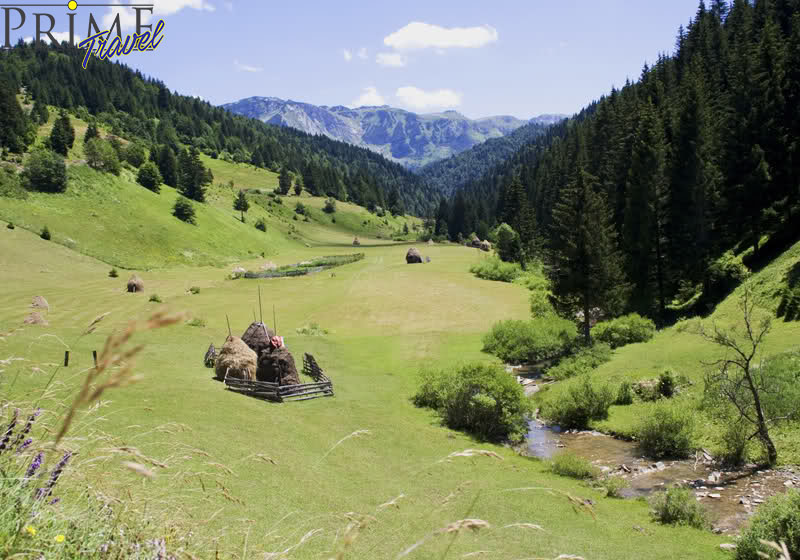
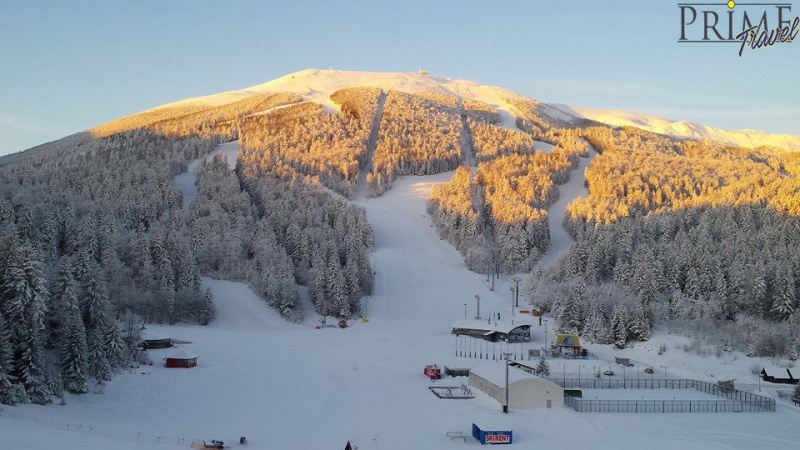
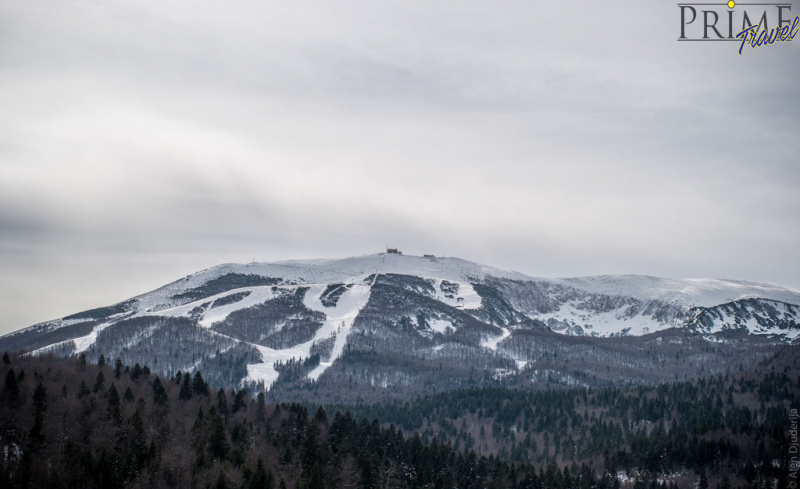
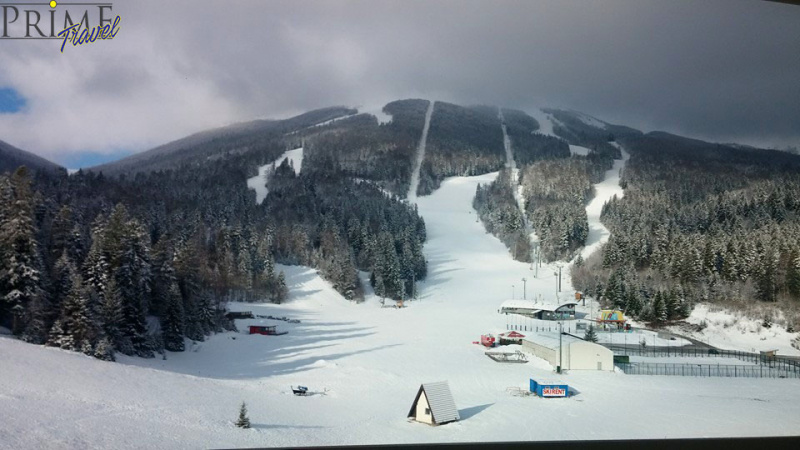
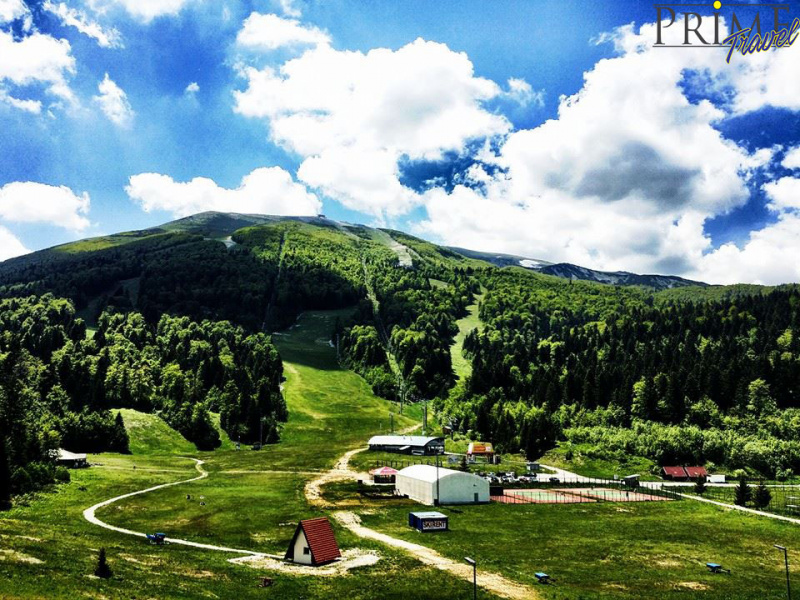
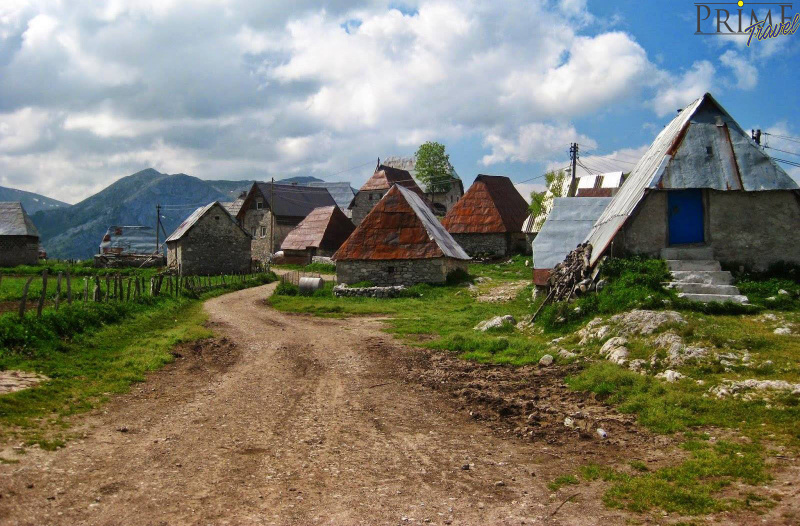
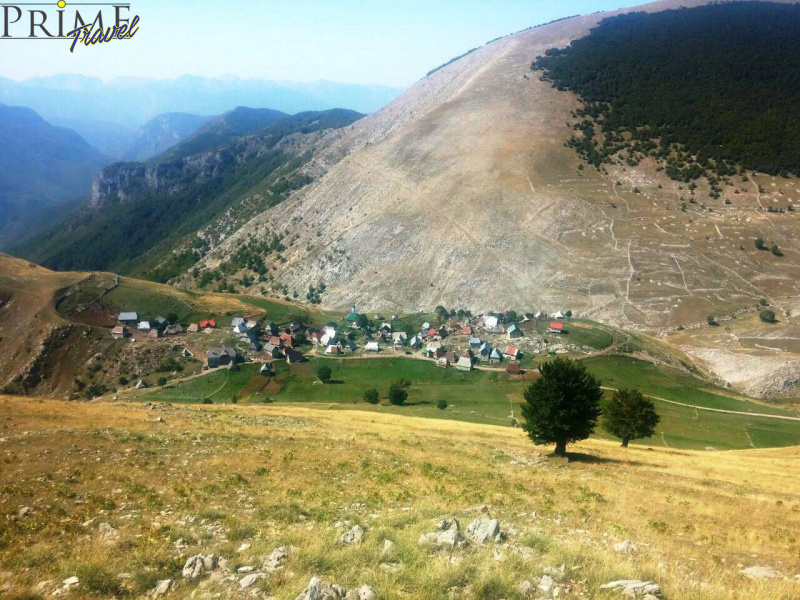
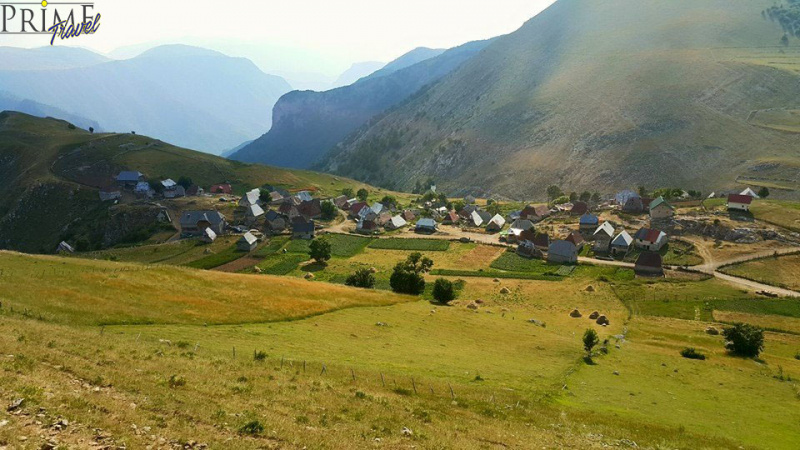
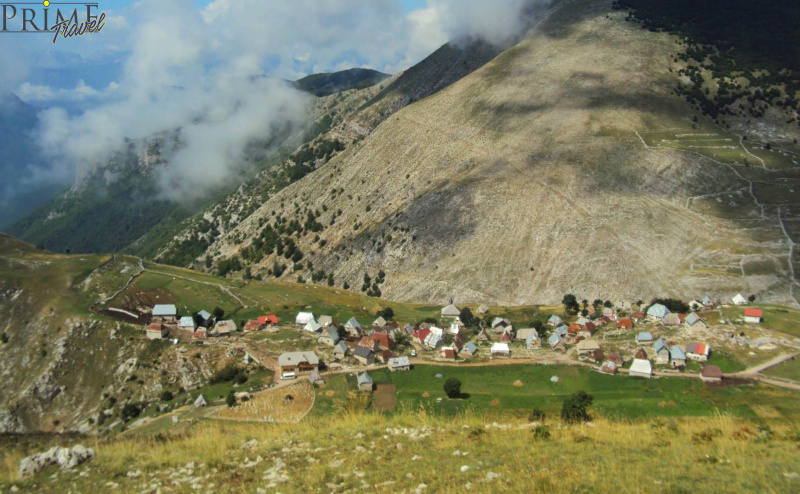
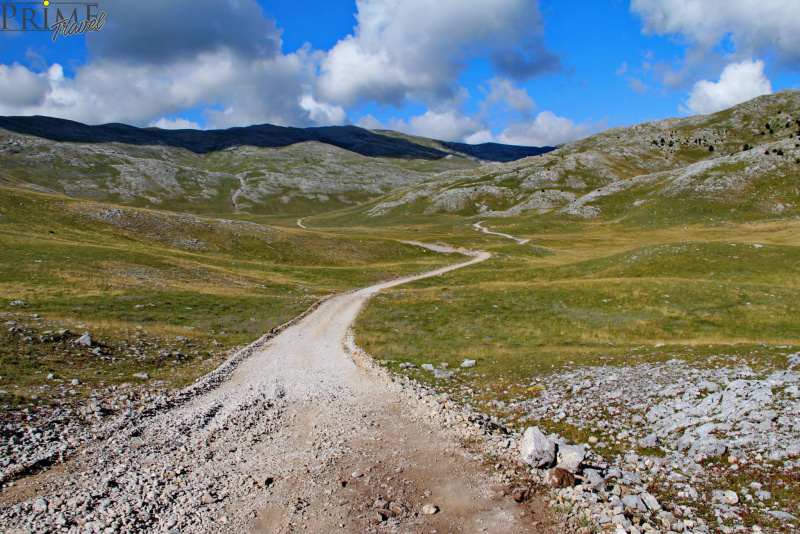
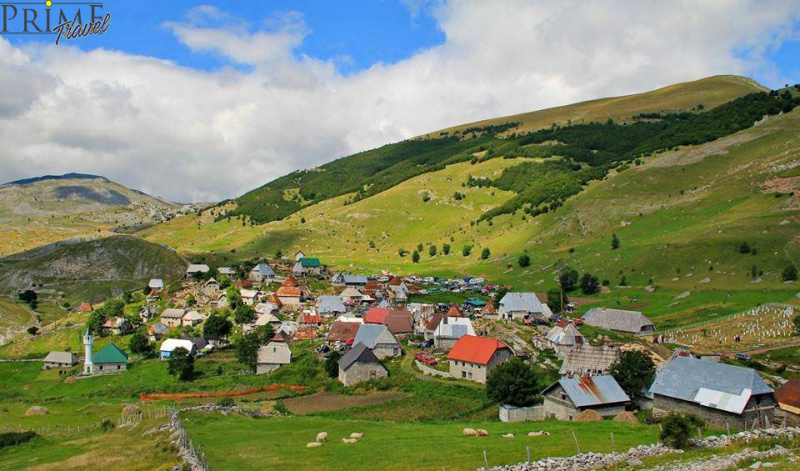
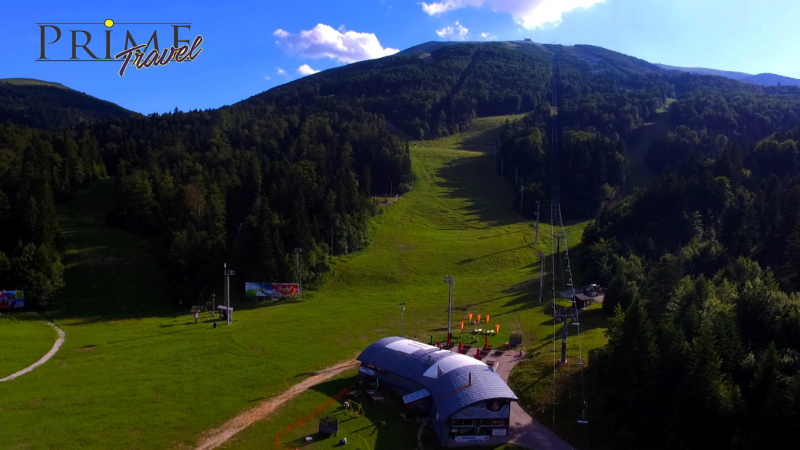
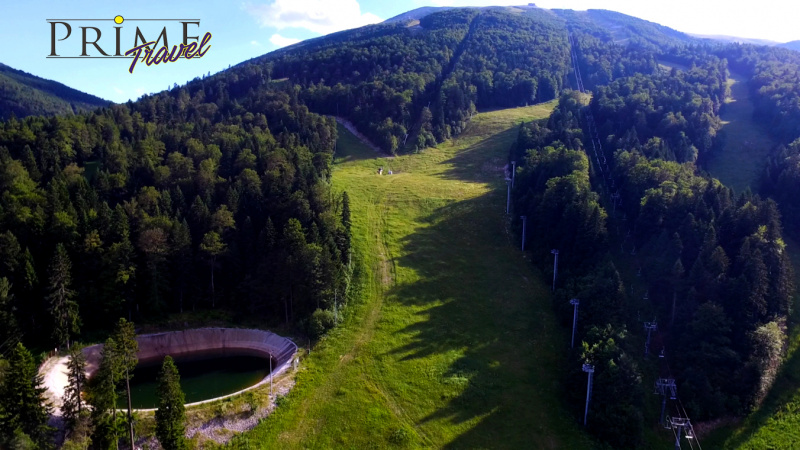
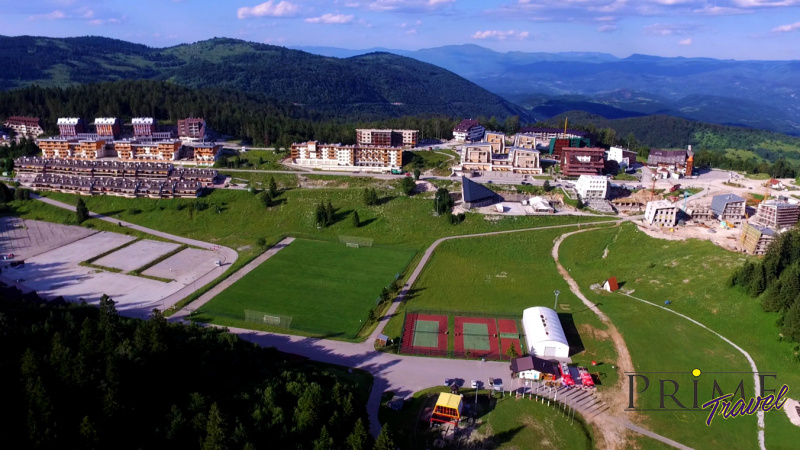
Price: Contact us
Mountain Bjelasnica is in the central part of Bosnia and Herzegovina, situated South-West, only 25 km from Sarajevo. Next to her is the mountain Igman on which most of the Alpine and Nordic disciplines and jumps of the XIV Olympic Games were held. Winter, from November to May, made snow drifts high and up to several meters, which represent a particular challenge for winter sports enthusiasts. This time of year is particularly interesting because of the landscape that the mountain offers, covered with snow blankets, like a white desert drenched in sun rays, over which extends no more than the skyline.
The beauty of the mountain is augmented by the temper of its climate. It is the result of the geographical position of Bjelasnica within the Dinaric Mountains, its geological structure and altitude. The highest part of the Dinaric Mountains, 300 meters in length, towards the Adriatic Sea, represents a border of impact of two climates - Mediterranean and Continental. Air mass from the sea interferes with the air mass from mountains on Bjelasnica. That kind of interference results in rain and snow precipitation in autumn and great amounts of snow in the winter, which is retains until late in the spring. This kind of climate specificity is suitable for developing winter sports.
A weather station was built on the highest part (2067 meters of altitude) in 1894. which is the highest constant inhabited point in Bosnia and Herzegovina. The peak itself was named after the Observatory. The mountain was named after the whiteness of its stones and snows which reside on its peaks up to August. An extraordinary mutability of weather characterizes the mountain so it is possible to experience three seasons in one day.
Winters are extremely sharp and long, spring weather is expected only after the first half of May and short summer weather is often followed by waves of cold air. The mean annual temperature is only 0.7°C because of the extremely low winter temperatures. The highest temperature is 24°C and the lowest is -41°C. Thick green grass covers the mountain in the summer while winters attract 4 meters of snow. Strong winds and thunders characterize the climate of this magnificent Bosnian mountain beauty.
Lukomir
At almost 1,500m, the village of Lukomir, with its unique stone homes with cherry-wood roof tiles, is the highest and most isolated village in the country. Indeed, access to the village is impossible from the first snows in December until late April and sometimes even later, except by skis or on foot. A newly constructed lodge is now complete to receive guests. From there, you can do some magnificent hiking in the area along the ridge of the Rakitnica Canyon, which drops 800m below. Lukomir is known for its traditional attire, and the women still wear the hand-knitted costumes that have been worn for centuries. A version of history of present-day Lukomir can trace much of their ancestry to the Podvelezje region of Herzegovina. These semi-nomadic tribes would come to Bjelasnica in the summer months because of the abundance of water. Podvelezje, a dry plateau above Mostar, could not provide the herds with enough water to sustain themselves over the summer months. For reasons not entirely known, many of the villagers from the Podvelezje region eventually made permanent settlements in the canyon and later in the place where it is now located.